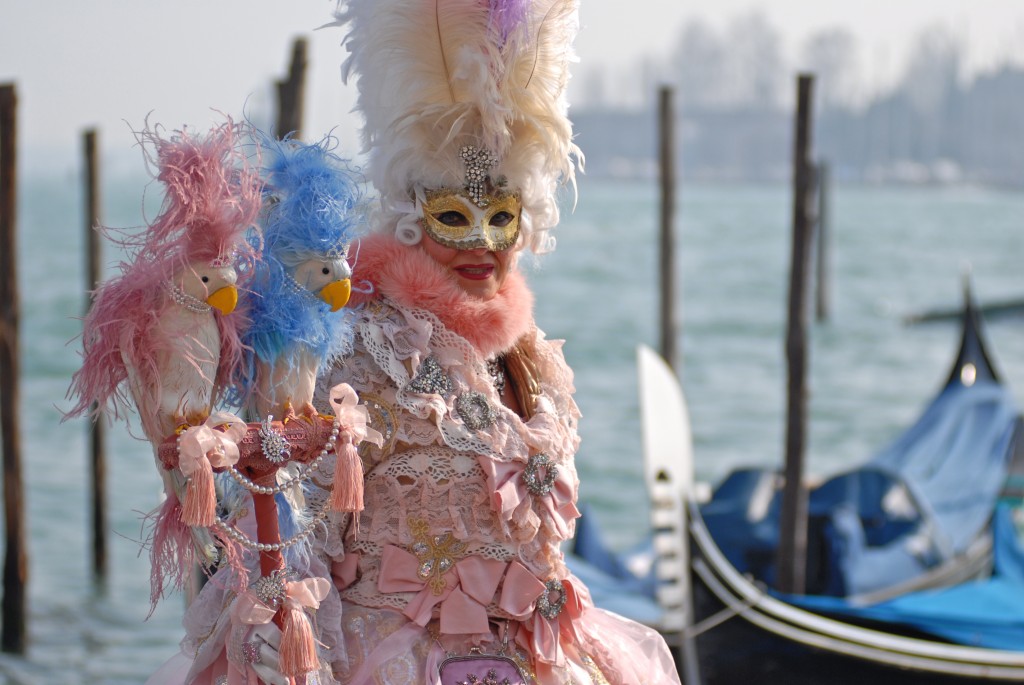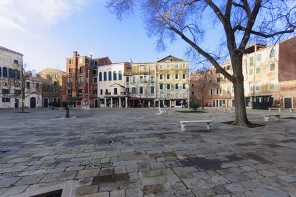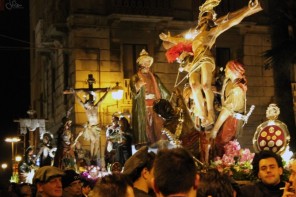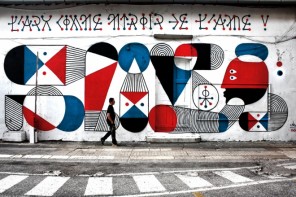Nowadays Carnival is mainstream but probably its etymology is unknown. The word comes from Latin âcarnem levareâ, which means âgetting rid of the meatâ. This refers to the fact that Carnival is the period just before Lent, the religious observance that covers approximately six weeks before Easter Sunday and includes fasting as well. In the past Carnival used to be the period during which anyone could eat without any measure and enjoy sexual pleasures as well.
Being a Catholic country, Italy celebrates Carnival and every region has its own tradition. Here is a selection of facts you have to know to experience a genuine Italian Carnival.
- Probably known as one of the most popular Carnival, Venice has already begun its carnival season with its opening aquatic parade on the Gran Canal. Its origin goes back to the end of XII century and Venetian masks are famous worldwide. Thousands of dancing people with fabulous costumes will fill the Venetian calli (streets) until February 9, 2016. Another highlight will be âIl volo dellâangeloâ (âangelâs flightâ). A yound lady, generally a celebrity, hooked by a metal cable, flights from the bell tower and lands in St Markâs Square.
- Fried pastries are the typical Italian dessert served during Carnival. Every region has its own version. Chiacchiere, bugie, frappe, and galani are just a few of the names. Other traditional fried pastries are tortelli, also called frittelle or castagnole. Filled in with jam or cream or just empty, they are quite addictive.
- Today anyone can dress up as they want but in the past traditional masks used to be very popular. Pantalone, Arlecchino, Colombina and Pulcinella are the most typical masks of the Commedia dellâarte.
- Traditionally Carnival consists of a colourful parade of floats. However, some variations exist, like the Historical Carnevale di Ivrea. Ivrea is a small city in Piedmont famous for its Battle of the Oranges, in which the fighters identify strongly with peopleâs rebellion against tiranny dated back in the Middle Ages. In the battle common people, represented by oranges throwers, pelt the feudal lordâs army with oranges. The army is personified by others throwing oranges from floats.
- In Acireale, a small city in the province of Catania, Sicily, Carnival is celebrated with a parade of floats decorated with flowers. Also called infiorata, it is considered one of the most beautiful Carnival in Italy. Originally back in 1930 cars were covered with flowers. But today they are big floats featuring characters made with flowers and papier-mÃĒchÃĐ.








